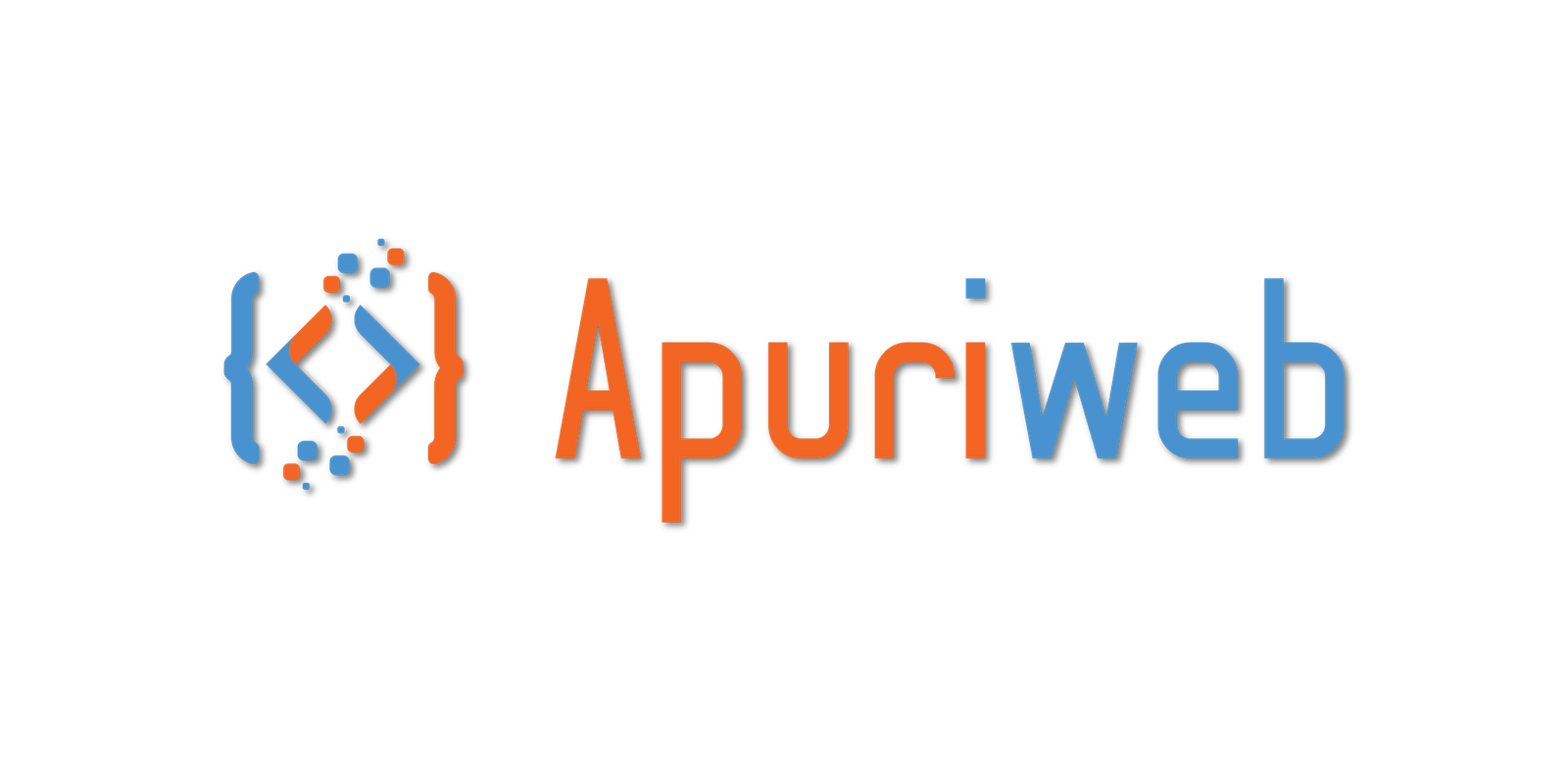
Search engines use a combination of technologies and algorithms to crawl websites effectively and index their content. Here are the key technologies involved in the web crawling process:
Web Crawlers (Web Spiders or Web Bots): Search engines deploy automated programs known as web crawlers or web spiders to traverse the internet and visit websites. These crawlers start at a few known web pages and follow links to discover new pages. They continuously move through websites, downloading web pages and parsing their content.
HTTP/HTTPS Protocol: Web crawlers use the HTTP or HTTPS protocol to request web pages from web servers. This protocol allows them to send requests for specific URLs and retrieve the corresponding HTML and other resources (e.g., images, stylesheets, scripts).
Robots.txt: Websites can include a robots.txt file that provides instructions to web crawlers about which pages or sections of the site should not be crawled. Web crawlers respect these directives to ensure they don’t access restricted content.
Crawl Frequency and Scheduling: Search engines have algorithms that determine how often and when web crawlers should visit a particular website. High-quality and frequently updated sites may be crawled more frequently.
Parsing HTML and Extracting Data: After downloading a web page, the crawler parses the HTML to extract relevant information, such as text content, links, metadata, and more. This data is then used for indexing and ranking.
Link Analysis: Web crawlers follow hyperlinks to discover new pages and determine the relationships between different websites. They use link analysis to understand the structure of the web and discover the most relevant and authoritative pages.
Duplicate Content Detection: To ensure search results are not cluttered with duplicate content, search engines use algorithms to identify and filter out duplicate pages or near-duplicate content.
Content Quality and Relevance Analysis: Search engines assess the quality and relevance of web content. They use various algorithms to rank pages based on factors like keyword relevance, user engagement, and authority.
Sitemaps: Website owners can create XML sitemap files that list the URLs of their site’s pages. Search engines can use these sitemaps to discover and crawl pages more efficiently.
Mobile Crawling: With the increasing importance of mobile devices, search engines also have specialized crawlers that focus on mobile-friendly content, ensuring that mobile users receive relevant search results.
JavaScript Rendering: Some web pages rely heavily on JavaScript to load and display content. To index these pages effectively, search engines use technology to render JavaScript and process dynamic content.
Machine Learning and Natural Language Processing (NLP): Search engines are increasingly using machine learning and NLP techniques to understand the context and semantics of web content. This helps improve search results and provide more accurate answers to user queries.
These technologies and algorithms work together to enable search engines to crawl the vast expanse of the internet, index web pages, and deliver relevant search results to users based on their queries. Search engine companies continually refine and enhance their crawling technologies to keep up with the evolving web landscape.
